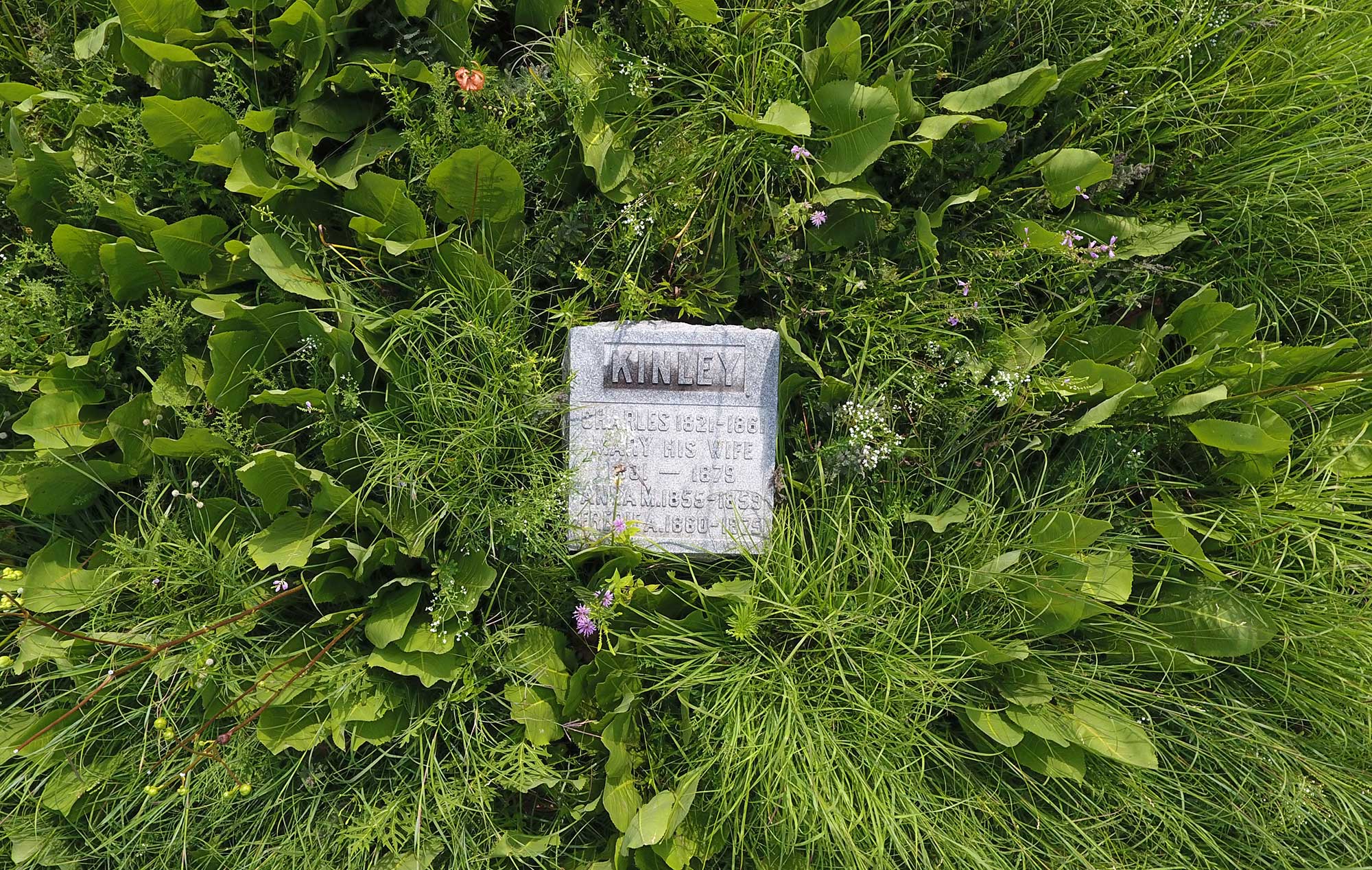5/10/2017
When the Forest Preserve District of Will County accepted a donation of the Vermont Cemetery from the National Land Institute in 1998, it was a prized acquisition. This small, one-acre parcel could be the only piece of land in the county that had not been disturbed by farming, grazing or development. As a consequence, it held a treasure trove of native plants that would have been familiar to pioneers who first settled in the area.
Records show that the original land patent for the cemetery dates to 1843. The original owner transferred the deed to 11 neighbors in 1848.
Prior to 1961, the cemetery lay neglected except for occasional burning and cleanup by the adjoining landowner, Harley J. Schoger. Over the years the cemetery had suffered the theft of gravestones, vandalism and other abuses.
That all changed when Dr. Robert Betz, a biochemistry professor at Northern Illinois University, and volunteer assistants began managing the special one-acre plot in 1961. According to a 2007 article in Chicago Wilderness Magazine, published with his death in that year, Betz "became one of the first to recognize the extent of the Midwest's surviving original prairie ecosystems . . . (and) was known as 'Mr. Prairie' because of his efforts to save 44 'cemetery prairies' throughout the Midwest."
Betz and his assistants, in order to preserve the native vegetation, implemented periodic burning, brush removal, litter removal, trespass control and frequent surveillance.

)
)